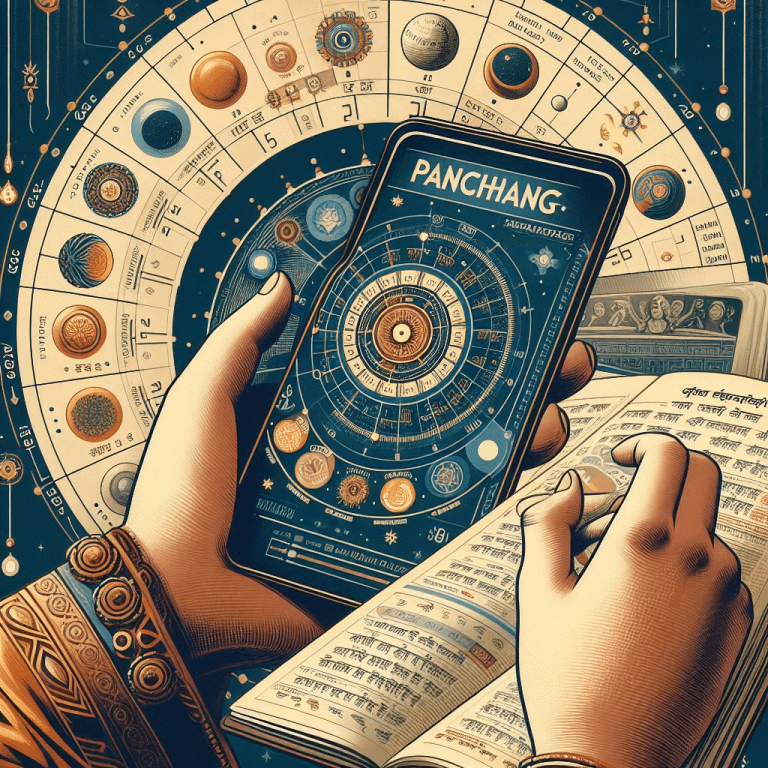Menu
Close
- Reports
- Saturn (In Your Birth Chart)New
- Advanced Personalised Kundali(Cosmic Code) New
- Rahu Ketu Report Transit New
- Jupiter Transit New
- Lal Kitab Report
- Fortune Report Most Popular
- Baby Name Report
- Personalized Couple Kundli Matching
- Premium Personalized Kundli
- Kaal Sarp & Manglik Dosh Report
- Love Report New
- Sade Sati Report New
- Fortune Report Plus New
- When will I get Rich? (Finance Book) New
- Courses
- Call Consultation
- Ask Our Astrologer
- Gemstone
- Free Calculator
- Free Rahu Ketu Calculator
- Free Lal Kitab Calculator
- Free Sade Sati Calculator
- Free Flame Calculator
- Free Kundli Calculator
- Free Lagna Navamsa Calculator
- Free Lucky Rudraksha Calculator
- Free Lucky Dates Calculator
- Free Unlucky Dates Calculator
- Free Match Making Calculator
- Free Numerology Calculator
- Free Lucky Color Calculator
- Free Unlucky Color Calculator
- Free Personal Year Calculator
- Free Lucky Vehicle Number Calculator
- Free Favourable alphabet and Numbers Calculator
- Free MoonSign Calculator
- Free Nakshatra Calculator
- Free Name Number Calculator
- Free Lo Shu Grid Calculator
- Free Love Calculator
- Free Memorable Period of Life Calculator
- Free Predictive personality calculator
- Free Baby Name Generator
- Free Destiny Number Calculator
- Panchang
- Horoscope
- Name Correction Service
- Online Puja Services
- Collaborations
- About
Close
- Reports
- Saturn (In Your Birth Chart)New
- Advanced Personalised Kundali(Cosmic Code) New
- Rahu Ketu Report Transit New
- Jupiter Transit New
- Lal Kitab Report
- Fortune Report Most Popular
- Baby Name Report
- Personalized Couple Kundli Matching
- Premium Personalized Kundli
- Kaal Sarp & Manglik Dosh Report
- Love Report New
- Sade Sati Report New
- Fortune Report Plus New
- When will I get Rich? (Finance Book) New
- Courses
- Call Consultation
- Ask Our Astrologer
- Gemstone
- Free Calculator
- Free Rahu Ketu Calculator
- Free Lal Kitab Calculator
- Free Sade Sati Calculator
- Free Flame Calculator
- Free Kundli Calculator
- Free Lagna Navamsa Calculator
- Free Lucky Rudraksha Calculator
- Free Lucky Dates Calculator
- Free Unlucky Dates Calculator
- Free Match Making Calculator
- Free Numerology Calculator
- Free Lucky Color Calculator
- Free Unlucky Color Calculator
- Free Personal Year Calculator
- Free Lucky Vehicle Number Calculator
- Free Favourable alphabet and Numbers Calculator
- Free MoonSign Calculator
- Free Nakshatra Calculator
- Free Name Number Calculator
- Free Lo Shu Grid Calculator
- Free Love Calculator
- Free Memorable Period of Life Calculator
- Free Predictive personality calculator
- Free Baby Name Generator
- Free Destiny Number Calculator
- Panchang
- Horoscope
- Name Correction Service
- Online Puja Services
- Collaborations
- About




